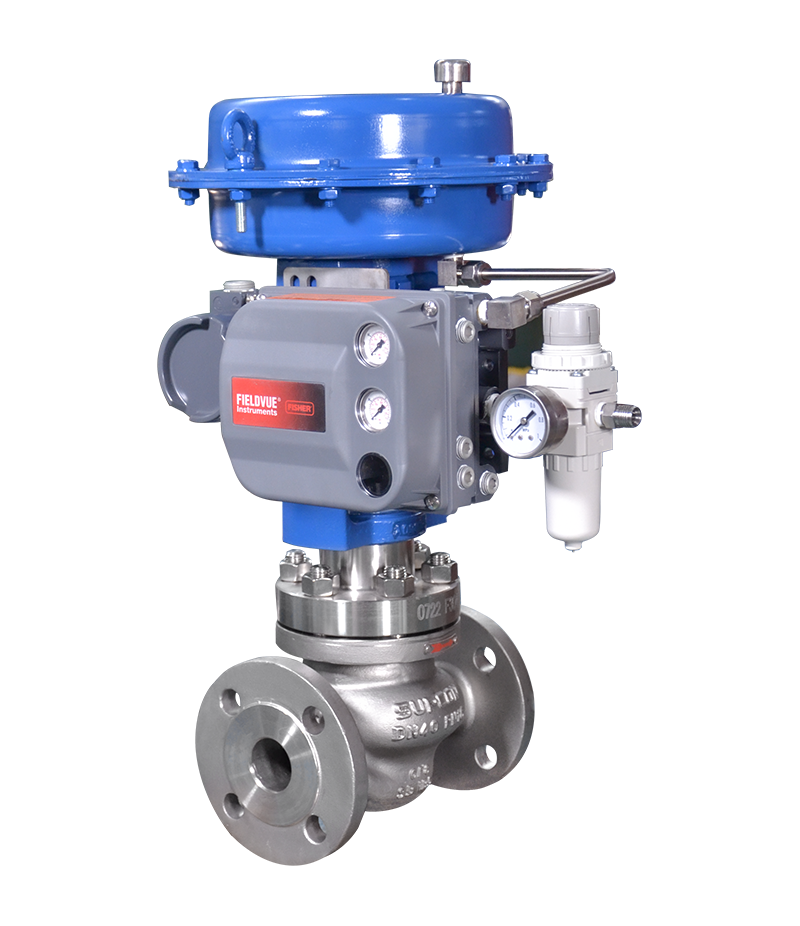Ingenious Control Valves: Enhancing Precision and Reliability
Ingenious Control Valves: Enhancing Precision and Reliability
Blog Article
Achieve Seamless Assimilation and Control With Top Quality Structure Automation Controls
In the world of modern-day building administration, the importance of quality structure automation controls can not be overstated. As technology remains to breakthrough, the integration and control of numerous systems within a structure have progressed to be more effective and advanced. The smooth operation and surveillance of lighting, HVAC, safety, and other structure features have actually ended up being paramount for boosting occupant comfort, power efficiency, and total functional efficiency. However, the trip in the direction of attaining real assimilation and control is a complex one, with factors to consider ranging from system compatibility to cybersecurity. Embracing top quality structure automation controls is not simply an issue of convenience but a tactical important for organizations intending to enhance their centers' efficiency and sustainability.

Evolution of Building Automation Controls
Throughout the past couple of decades, the evolution of building automation controls has substantially transformed the means buildings are handled and operated. Building automation systems primarily concentrated on fundamental functions such as controlling air, heating, and air flow conditioning (HEATING AND COOLING) systems. Nevertheless, as innovation advanced, these controls have ended up being more advanced, permitting for a broader array of structure systems to be incorporated and handled centrally.
The advancement of constructing automation controls has seen a change towards more intelligent systems that can adjust to changing conditions in real-time. This versatility is crucial for optimizing power performance and ensuring resident convenience. In addition, modern-day structure automation controls currently provide functions such as predictive maintenance, remote tracking, and data analytics, allowing facility supervisors to make data-driven choices to improve structure efficiency.

Advantages of High Quality Integration
The improvement in structure automation controls in the direction of more smart systems has actually underscored the considerable advantages of quality combination in optimizing building procedures and boosting overall performance. This central control also offers better visibility and insights into structure efficiency, enabling positive maintenance and optimization methods. Generally, the benefits of top quality integration in structure automation controls are undeniable, providing enhanced effectiveness, comfort, and functional performance.
Improved Individual Experience and Ease Of Access
Enhancing customer communication with structure automation regulates through intuitive design and enhanced ease of access raises the general experience for passengers and facility managers alike. By focusing on user experience, building automation systems can become extra efficient and straightforward. Instinctive interfaces, clear navigating, and customizable setups encourage individuals to engage with the controls quickly and successfully.
Availability functions play a vital duty in making certain that all individuals, including those with impairments, can utilize the structure automation manages with simplicity. Incorporating features such as voice commands, responsive buttons, and color-contrasted displays can improve availability and make the controls much more inclusive.
In addition, boosted individual experience results in higher user fulfillment, boosted productivity, and far better decision-making. Residents can adjust ecological settings according to their choices, while facility supervisors can effectively keep track of and take care of building systems - control valves. Overall, focusing on customer experience and accessibility in structure automation controls adds to an extra effective and seamless building setting for all stakeholders included
Lasting Practices Through Automation

In addition, automation can facilitate the assimilation of renewable energy sources such as solar panels or wind turbines into structure procedures. Via automation, buildings can line up with modern-day sustainability objectives and add to a greener future.
Future Trends in Building Control Systems
One noticeable pattern forming the future of building control systems is the increased combination of Artificial Intelligence (AI) and equipment understanding. Furthermore, the Net of Points (IoT) is changing building control systems by connecting sensing units and devices to improve and streamline operations performance.
One more vital pattern is the focus on cybersecurity steps to shield against possible risks to developing automation systems. As structures come to be much more interconnected, guaranteeing durable cybersecurity methods will be necessary to guard sensitive information and prevent unauthorized accessibility.
In addition, the shift towards cloud-based systems is gaining momentum, allowing for streamlined control and remote accessibility to structure systems. This facilitates easier monitoring, upkeep, and updates, enhancing the overall performance and adaptability look at more info of building control systems. As innovation remains to development, these trends are expected to shape the future landscape of building automation controls, driving advancement and sustainability in the constructed setting.
Conclusion
Future fads in structure control systems are likely to concentrate on more enhancing automation capacities for enhanced energy efficiency and overall performance. It is vital for building proprietors and operators to focus on the fostering of quality structure automation controls to enhance structure procedures and achieve lasting sustainability objectives.
In the world of modern structure monitoring, the value of high quality building automation controls can not be overstated. Generally, the development of building automation regulates continues to drive development in the building administration sector, supplying new opportunities for producing smarter and more lasting buildings.
The advancement in building automation regulates towards even more intelligent systems has actually underscored the considerable benefits of high quality assimilation in enhancing structure procedures and improving total efficiency. Overall, prioritizing individual experience and ease of access in structure automation controls contributes to a much more effective and seamless building atmosphere for all stakeholders entailed.
It is necessary for building owners and drivers to focus on the adoption of view publisher site high quality structure automation regulates to optimize structure operations and attain long-term sustainability goals. - control valves
Report this page